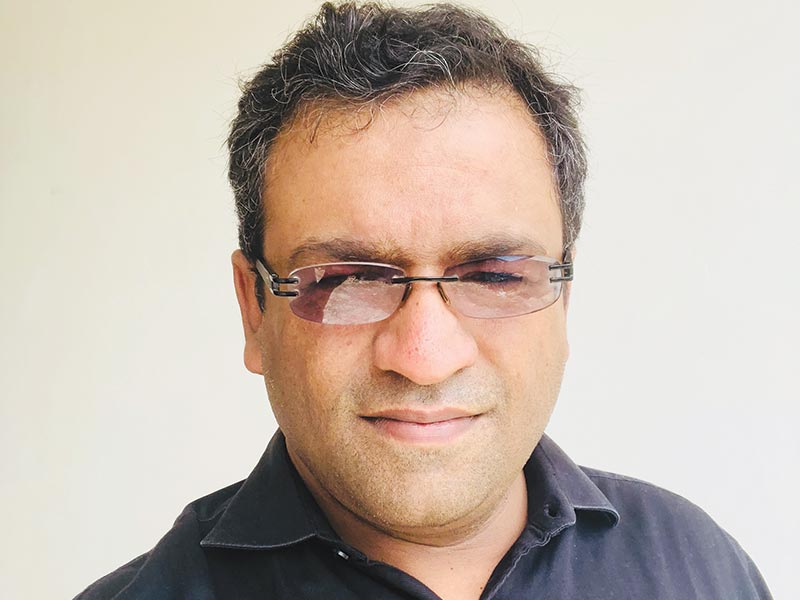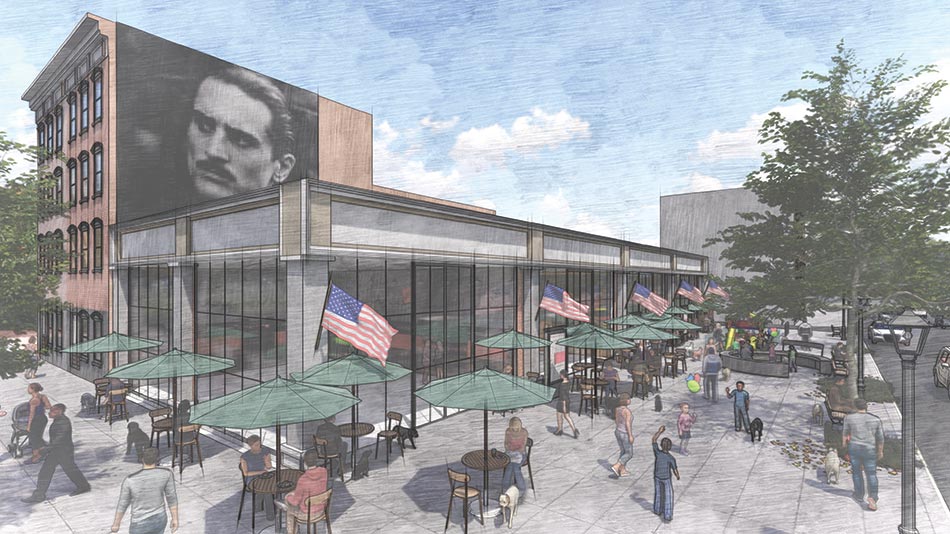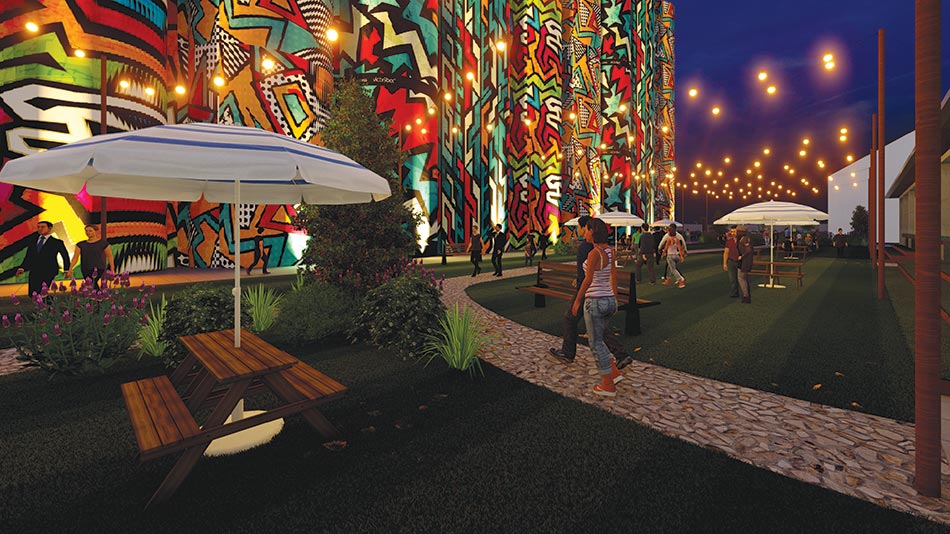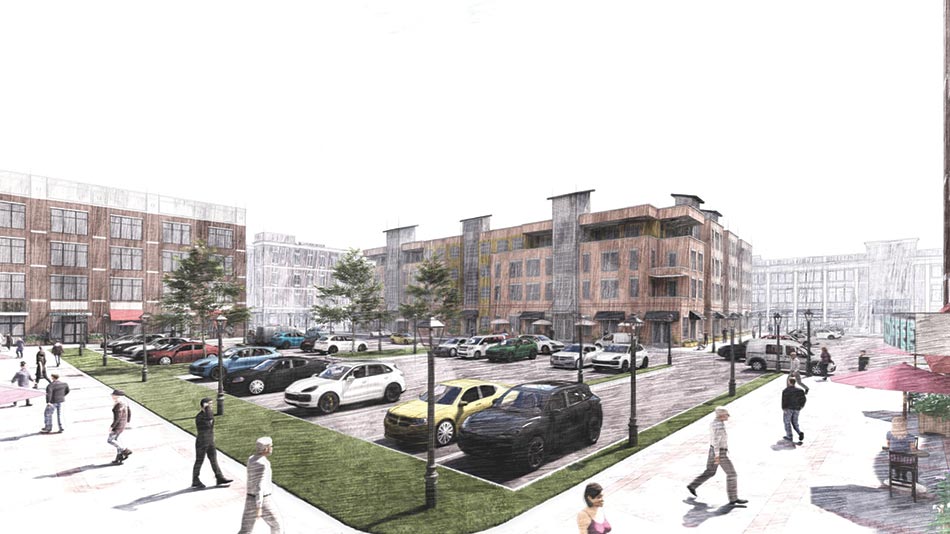
Architects and urban designers need to understand the elements that have defined the city, in terms of its culture, its citizens' lifestyles, and most importantly, the tangible and intangible components of the city that live on and define collective memory.
The need of the hour is to rethink our perception of what makes a city and how it can retain its identity while moving forward and changing with its inhabitants, whether through physical design interventions or by using technology to connect and streamline systems as needed
 High street
High streetLearning from the past to define our future: It is essential to design with materials and to a scale that can nurture the city as it transitions into an ever more complex organism, giving much more stress on policies that deliver on aesthetic and social outcomes and are not restricted to numbers alone. We have been working with several cities where the use of technology has been seamlessly blended with public and development policies in order to impart character to our projects by using elements, materials and design geometries that borrow heavily from the past yet dovetail into a future-ready lifestyle that is not a colorless expanse of concrete.
 Adaptive reuse - Repurposing warehouses and grain silos as urban art, Warehouse district Austin Texas
Adaptive reuse - Repurposing warehouses and grain silos as urban art, Warehouse district Austin TexasAs architects, we sometimes forget that we are given the responsibility to create the very images that give a city its identity and instant recall to all visitors from across the world. It is our duty, therefore, to use all possible tools in our toolkit to imagine urban spaces and all their constituent components such that they not only meet their financial obligations, but also preserve and enhance the identity of the city within wihch they are sited.
 Mixed use urban center
Mixed use urban centerIt is imperative to try and understand what our city needs and what it wants, and make it stronger and its citizens more fulfilled, whether through physical design interventions, or by using technology to connect and streamline systems as needed, always keeping in mind the need to adapt, to scale and to optimize. We are, at this time, at a crucial juncture, where demography and the very structure of the city and its definition is changing. The need for responsible and responsive design is NOW.















